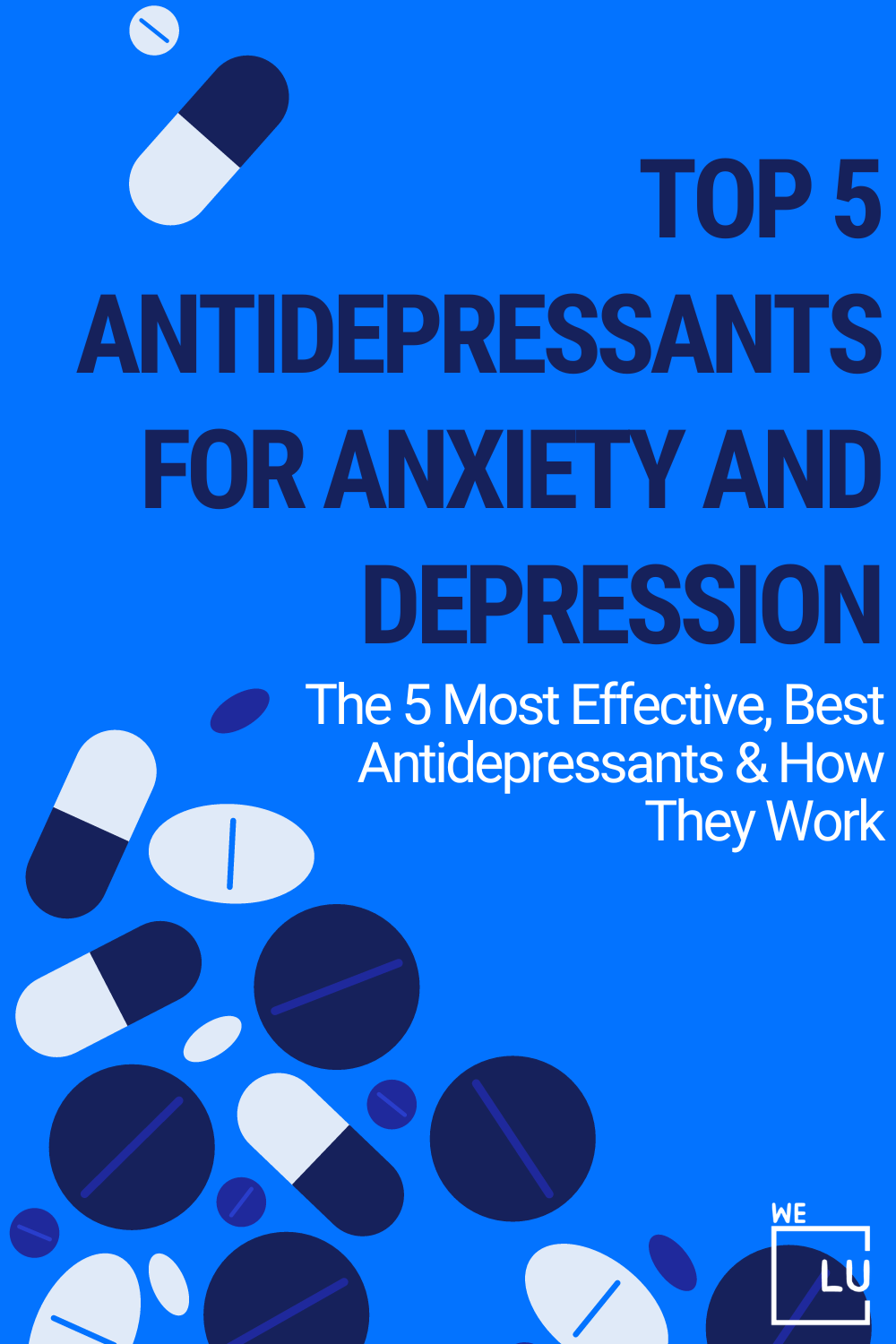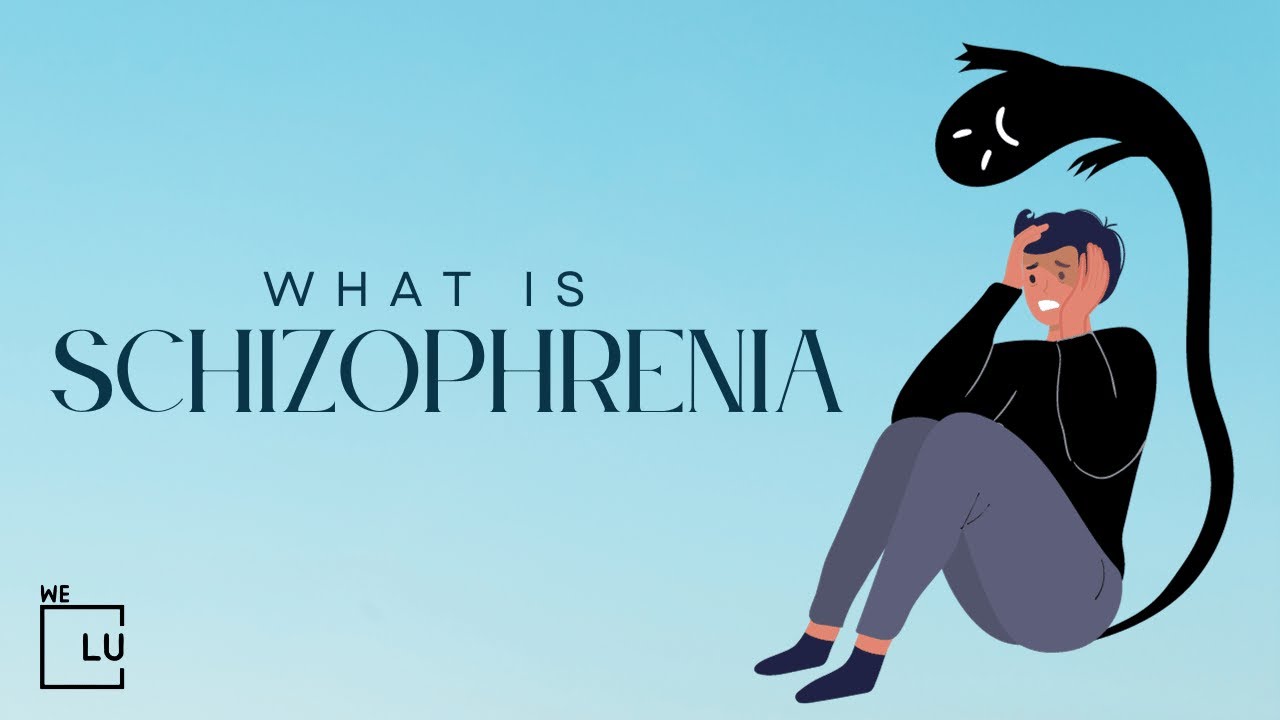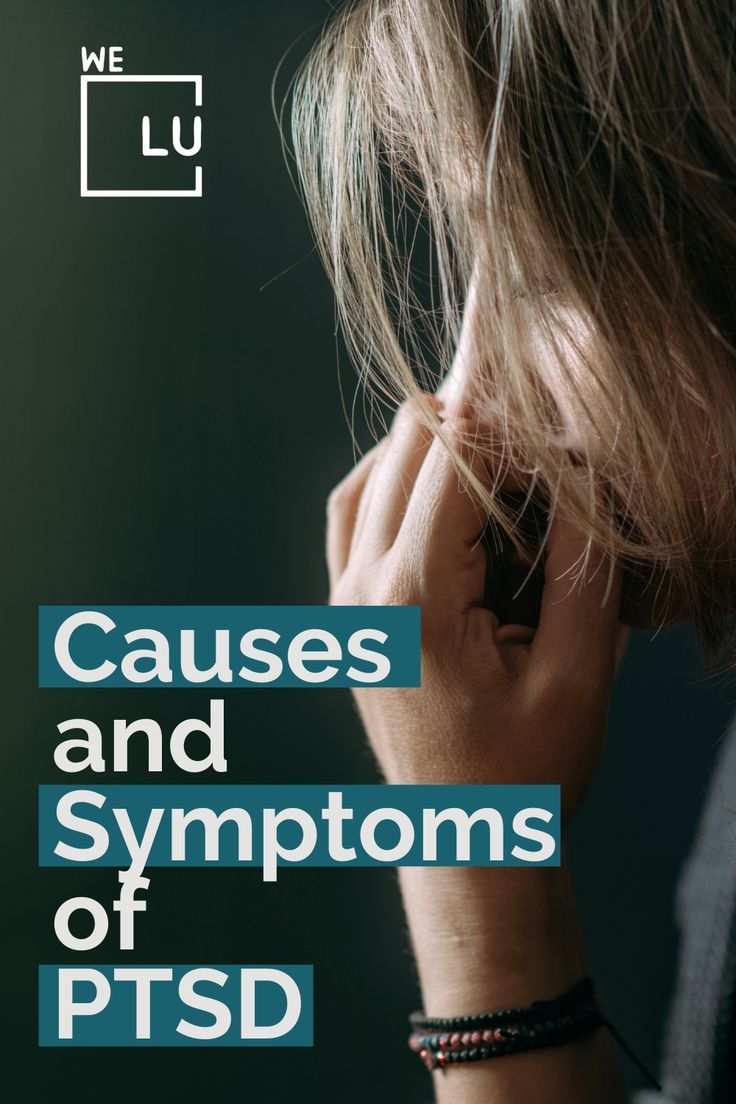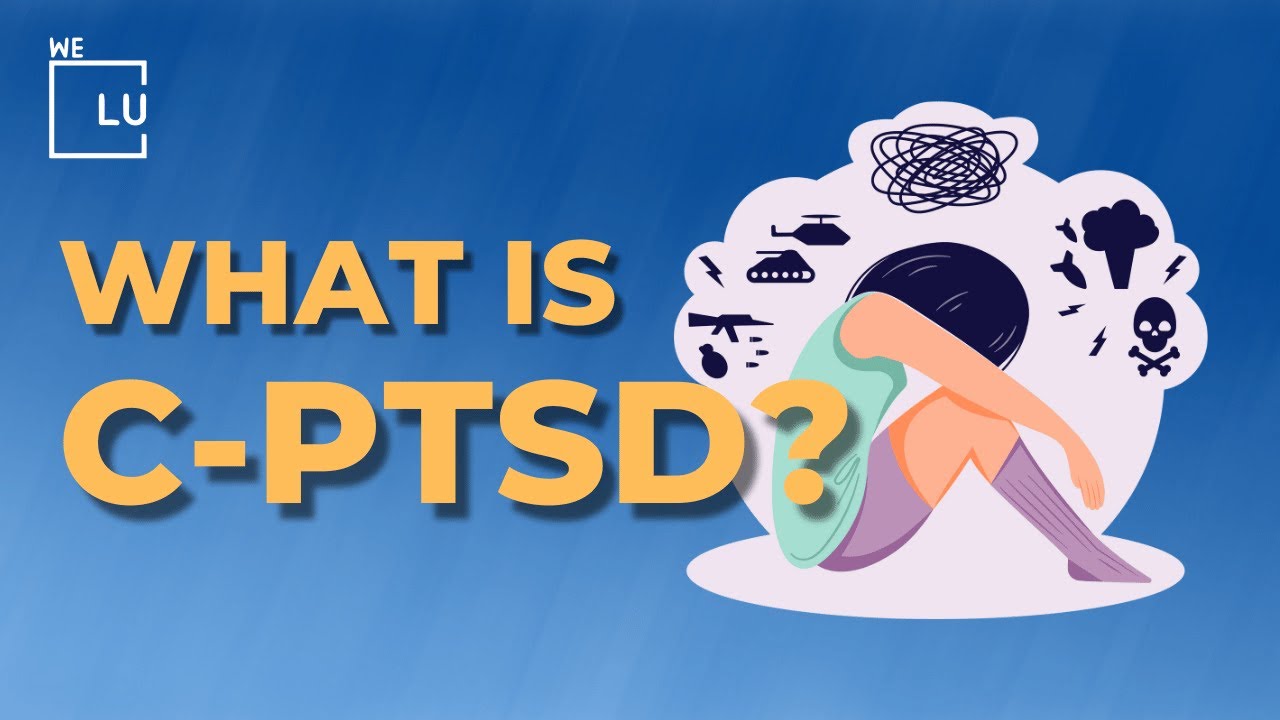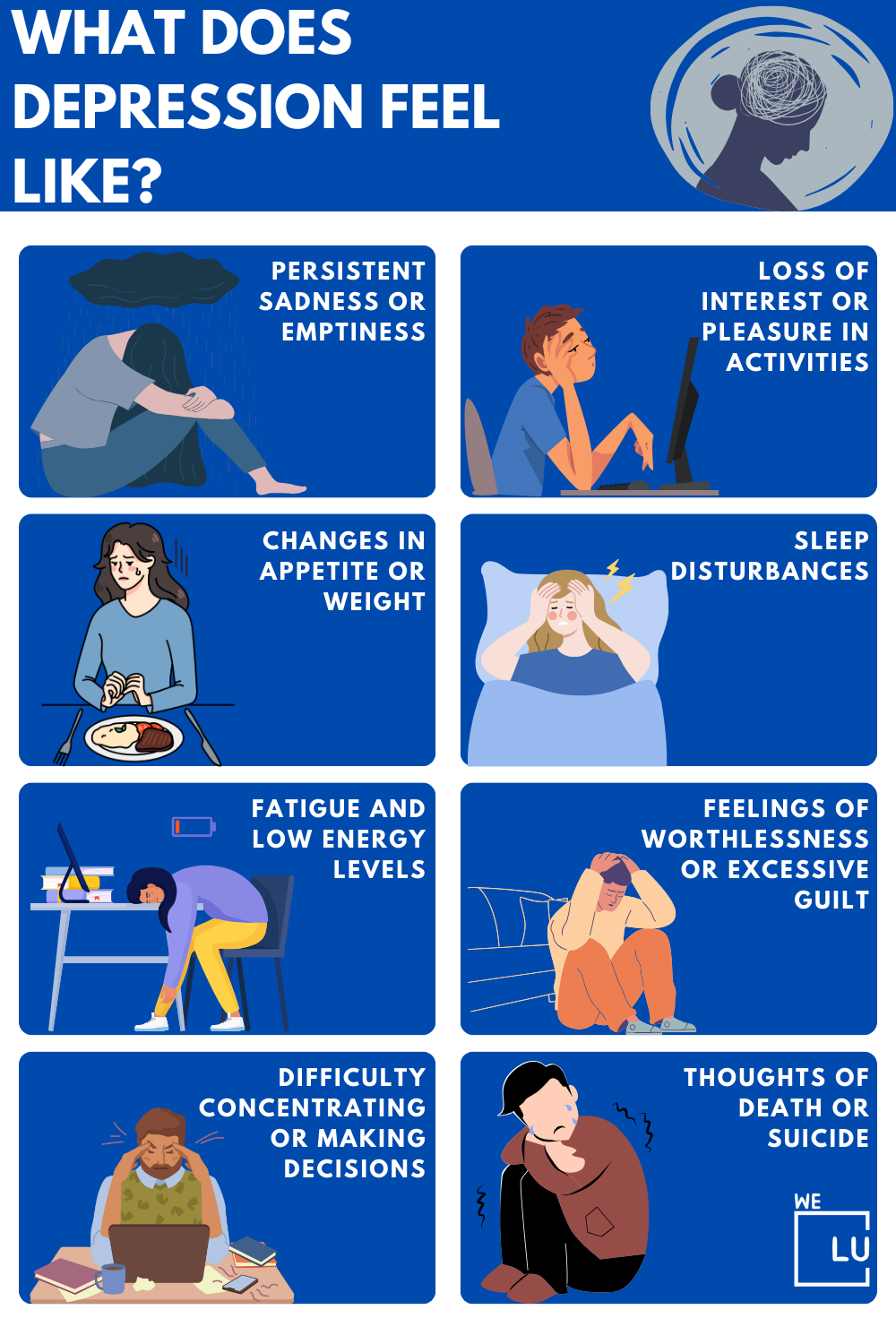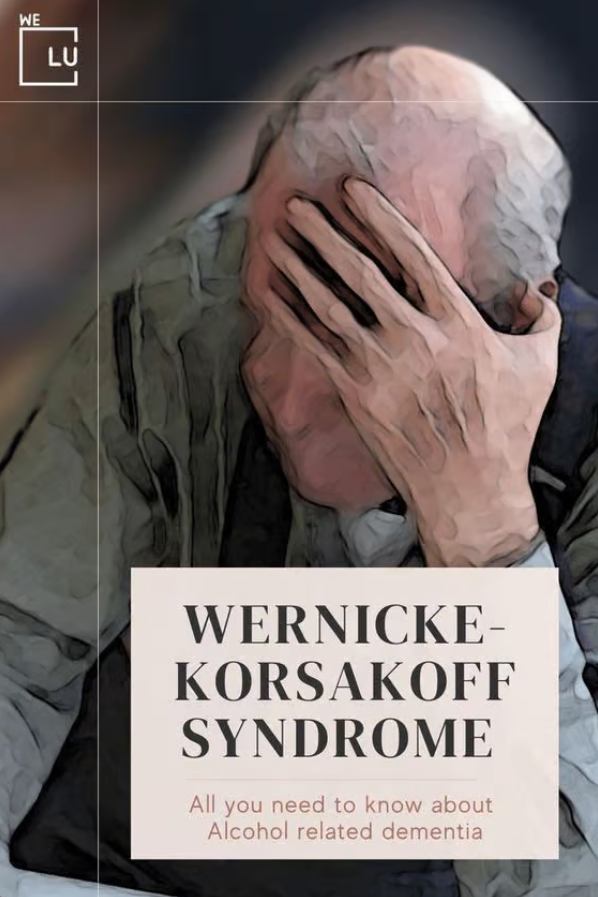What are Anxiety Tattoos?
Anxiety tattoos, also recognized as anxiety disorder tattoos are a form of body art aimed at raising awareness about anxiety disorders and mental health.
Experiencing anxiety is a common struggle shared by countless individuals worldwide. While there isn’t a definitive remedy, numerous strategies are available to manage symptoms and maintain a healthy lifestyle.
In the United States, anxiety disorders affect approximately 40 million adults, representing the most prevalent mental health condition.
These tattoos serve as a lasting symbol of your battle with anxiety and can serve as a potent coping mechanism for the condition. Additionally, they play a role in helping others understand and provide support during your journey.
Choosing an anxiety tattoo entails selecting a design that holds significance for you and resonates with your comfort.
There exists a diverse array of anxiety tattoo designs, prompting individuals to explore options and find a representation that mirrors their experiences with anxiety.
Another consideration is opting for a customized tattoo design tailored explicitly to your preferences. While custom tattoos might incur higher costs than pre-existing designs, they offer a unique representation exclusive to you.
Anxiety tattoos find placement across various body parts, with some favoring locations like wrists or ankles for their concealability when necessary. However, others choose more visible areas such as the back or chest. It’s essential to remember that these tattoos are permanent, requiring a firm commitment. If unsure, consulting a tattoo artist is advisable to gauge whether an anxiety tattoo aligns with your readiness and sentiments.
What is Anxiety Disorder?
According to The National Institute on Mental Health, periodic anxiety is a standard component of life. When faced with a challenge at work, before a test, or before making a crucial decision, you could experience anxiety. However, anxiety disorders involve more than just passing apprehension or terror.
Anxiety and depression difference: It’s critical to get anxiety treatment as soon as possible since the anxiety does not go away for someone with an anxiety condition and can worsen over time. The symptoms might affect daily tasks like work performance, academic progress, and interpersonal connections. Generalized anxiety disorder, panic disorder, and various phobia-related disorders are only a few of the several types of anxiety disorders.
Anxiety and depression difference: People with a generalized Anxiety disorder (GAD) display excessive Anxiety or worry, most days for at least six months, about many things such as personal health, work, social interactions, and everyday routine life circumstances. Fear and Anxiety can cause significant problems, such as social interactions, school, and work.
Mental Health & Anxiety Tattoo Ideas
1. Anxiety Tattoos for Women
In the past, people hid their mental illnesses from the public. The subject was taboo. Children with mental health problems were sometimes sequestered in their rooms for the family to avoid public humiliation.
Both the younger and older generations are now combating the stigma. Post-partum depression is discussed.
People can feel less alone by calling suicide hotlines and spreading suicide awareness. It’s an admirable movement that only grows in strength with time. Tattoos are one method by which individuals promote awareness.
Tattoos that promote mental wellness are more than just another tattoo. They aid in dispelling the stigma that people and society once attached to mental health conditions.
The days of being urged to conceal mental illness are long gone, and these tattoos can help you raise awareness for yourself, your friends, or anybody else in the world.

Skip To:
Learn More:
- Do Crystals For Depression Work?
- Depression and ADHD: What’s the Link?
- Autism and Depression Connection, Diagnosis & Treatment
- Signs of Depression in Men, Causes, & What to Know
- Rehab for Depression & Anxiety Treatment
- What is the Best SSRI for Anxiety?
- Social Anxiety Disorder
- Grounding Techniques for Anxiety Attacks
- Mental Health Poems that are Powerful and Healing
- Short-Term Disability Mental Health
Get Help. Get Better. Get Your Life Back.
Searching for Accredited Dual Diagnosis Mental Health Centers Near You?
Even if therapy failed previously, or are in the middle of a difficult crisis, we stand ready to support you. Our trusted behavioral health specialists will not give up on you. When you feel ready or just want someone to speak to about counseling alternatives to change your life call us. Even if we cannot assist you, we will lead you to wherever you can get support. There is no obligation. Call our hotline today.
FREE 24/7 Dual Diagnosis Mental Health Services Hotline
2. Anxiety & Mental Health Tattoos
Particularly in the past few years, many people have been looking for tattoos for anxiety and depression (simple anxiety tattoos) and anxiety mental health tattoo ideas to use as daily remembrances or to start dialogues that can promote awareness of mental health.
Milena Petrovic, co-founder of Tattoo Stylist, said, “In 2022, they have witnessed an increase in requests for the designs that were tied to mental health compared to 2019.” The themes included representations of self-harm, addiction, sadness, and anxiety.
According to Petrovic, one popular choice is mental health semicolon tattoo designs, which were inspired by Project Semicolon, a charity that supports people with mental illness.
A personal reminder of living with anxiety, mental health anxiety tattoo designs can come in various sizes and shapes with different images and symbols that tie in a person’s experience. According to Nic El, owner and tattoo artist at Gorilla Tattoo Paphos, “the designs are frequently connected with self-strength, self-empowerment, and a determination to keep going when [it’s tempting] to give up.”
Anxiety breathes tattoo: According to Petrovic, other common inscriptions include “breathe” (anxiety breathe tattoo) or “be here now,” as well as tiny images etched as reminders that difficult times will pass. Petrovic also notes that geometric patterns and anchor or root designs have become more popular (to encourage clarity when thoughts feel overwhelming). Then, some phrases or pictures are solely specific to a person’s experience with anxiety.

End the Emotional Pain. Get Your Life Back.
Feeling Depressed, Anxious or Struggling with Mental Health Illness? Get Safe Comfortable Mental Health Dual Diagnosis High-Quality Therapy From Counselors That Care. Begin Your Recovery Now.
Hotline (855) 940-61253. Anxiety Symbol Tattoos
As a society, we are well past when you had to cover up a tattoo on your lower back and blame it on an adolescent mistake. According to tattoo artist and owner of Kings Avenue Tattoo Mike Rubendall, “in the last twenty years, tattooing has transformed from a counterculture to mass culture.”
As a result, body art is no longer solely about being edgy, rebellious, unladylike, or purely about pushing boundaries. Instead, tattoos now have a wellness perspective: tattoos that promote self-love help you define who you are to both yourself and the people around you. They also provide you with a chance to talk about your past.
“Body art will represent that to a greater extent the more our culture allows individuals to love themselves,” says tattoo artist Mira Mariah, whose celebrity clientele includes Ariana Grande. For her feminist, fashion-inspired artwork at Fleur Noire Tattoo Parlour in Brooklyn, New York, she receives 800 applications each month. Mariah, whose work focuses on powerful symbols, believes that women, in particular, can identify with the images she produces because they represent how we’re feeling right now.
Everyone interviewed believes that their tattoos are talismans of inner power and self-love. Each has a tale, from capturing the most meaningful, intentional choices to the most unplanned events. “People frequently ask me if I’ll regret getting tattoos. I believe that maybe a little, yes. I don’t regret being that person or having those experiences. Still, I also see them as a scrapbook that shows me at various ages and phases, “says Be.come Project creator and fitness expert Bethany C. Meyers.
“Simply put, the line connecting my finger to my toe is a picture of me. I consider it to be a part of my body, similar to a birthmark I acquired later in life”, they include.
Mental health tattoos give you a sense of authority, a recurring theme in these conversations. According to Vinita Mehta, Ph.D., a psychologist in Washington, D.C., “a recent study from the University of the Free State in South Africa indicated that the main motivation for having a tattoo was to record an achievement, a milestone, or a loss.” Additionally, they can raise your self-esteem: Tattoos are an investment in oneself, similar to working out, according to Rubendall. He continues that you’re trying to improve your body to become a better version of yourself.
Rubendall adds that some clients go so far as to call the tattooing procedure therapeutic. It might even stand for self-love and self-care. According to tattoo artist Amanda Wachob, “I frequently hear from women who want to get tattoos to do something good for themselves.”
However, your tattoo’s placement might have just as much significance as the tattoo itself. Choosing the location of your tattoo is quite empowering, according to Mariah. “My hands are covered in tattoos, which I can see every time I do downward dog during yoga. They serve as a reminder of my strength and value, “she claims. According to Mariah, people frequently decide on a location for one of two reasons: “They want a tattoo on a region of their body that they celebrate, or they want it on a body part that they want to learn to love.”

First-class Facilities & Amenities
World-class High-Quality Mental Health Services & Behavioral Health Substance Abuse Treatment
Rehab Centers TourRenowned Mental Health Centers. Serene Private Facilities. Inpatient Rehab Programs Vary.
Mental Health Helpline (855) 940-6125Proven recovery success experience, backed by a Team w/ History of:
15+
Years of Unified Experience
100s
5-Star Reviews Across Our Centers
10K
Recovery Successes
- Comprehensive Dual-Diagnosis Treatment
- Complimentary Family & Alumni Programs
- Coaching, Recovery & Development Events
- Comfortable Onsite Medical Detox Center

4. Anxiety Awareness Tattoo
Depression and anxiety tattoos: Many people appear to obtain the same tattoos as others, not because they want to imitate them but rather because they have special meanings for them. For instance, two standard mental health tattoo designs with secret meanings are a semicolon (anxiety mental health self-love tattoos) and Medusa. A pink and blue ribbon is another, but what does it represent?
It raises awareness of infant loss if you see someone with a pink and blue ribbon tattoo on their body. This tattoo represents mental health and indicates that the owner or a close family member has lost a baby during or after pregnancy. This could result from a stillbirth, SIDS, neonatal death, or any other cause.
Tattoos for depression and anxiety: Baby Loss Awareness Week is held every October to increase understanding of infant loss worldwide. It strives to assist grieving parents, remember the lives of lost infants, and advance care and support for all those impacted by infant loss. Since its inception in 2002, Baby Loss Awareness Week has been observed annually and is located in the UK. People frequently don blue and pink ribbons during the workweek to demonstrate their support.
Not only a pink and blue ribbon mental health tattoo is becoming popular on TikTok due to its profound significance. The semicolon tattoo is one of the mental illness anxiety tattoos. It has been used for years to promote awareness of issues with mental health and the value of suicide prevention. When a sentence might have been ended but wasn’t, a semicolon is used in the sentence. The tattoo also illustrates the possibility of suicide but the decision to live.
Another standard anxiety depression tattoo design is the anxiety breathe symbol tattoo or the panic attack anxiety tattoo, a representation of the Greek goddess Medusa, who represents strength and empowerment and demonstrates that women should not be punished or held accountable for sexual assault. The symbol was chosen because of a Greek legend that Poseidon attacked Medusa in the sacred temple of Athena.
5. Depression Anxiety Tattoos
Millions of Americans experience sadness and anxiety alone. Investigating tattoo designs for anxiety is a fantastic way to spread knowledge and demonstrate support. If you’ve ever battled mental illness, you know how isolating the battle can be. Additionally, because mental illness is mostly invisible, we have no idea who among us is struggling.
Tattoo symbols for anxiety can be a means for you to express yourself, serve as a visible reminder to maintain your strength, and serve as a sign to those around you of your values and the challenges you are going through.
If you’ve thought about having anxiety and depression tattoos, you may be wondering which design to choose if you’re looking for a tattoo that symbolizes mental illness and despair.
The popularity of tattoos depicting depression is rising. People use their creativity, which helps them succeed despite difficulties, to cope with depression healthily by using their bodies as canvases. A tattoo for depression and anxiety is exceptionally private, often serving as messages from the wearer to themselves or as a form of social commentary. Any items with special meaning can serve as tattoos for overcoming anxiety.

World-class, Accredited, 5-Star Reviewed, Effective Mental Health Dual Diagnosis Programs. Complete Integrated Inpatient Rehab with Free Post Discharge Therapy Planning.
CALL (855) 940-6125End the Emotional Pain Rollercoaster. Gain Stability & Happiness Through Recovery Treatment. Start Mental Health Counseling Today. Get Free No-obligation Guidance by Behaviroal Health Specialists Who Understand Mental Health Recovery.
6. The Purpose and Power of Anxiety Tattoos Designs: Mental Health Tattoos Anxiety

Anxiety symbol tattoos communicate a profound message rather than merely images or words. Their artistic expression is as varied and unique as their goals. In general, this skin art fulfills a variety of purposes. Ink for depression can:
- Be coping mechanisms, bringing people’s attention to something crucial, or offering support when necessary.
- Be conversation openers, inspire others to comment or ask questions, and foster open dialogue.
- Be an emblem of courage and a constant reminder that you are enduring.
- Serve as your vision board, reminding you why you’re always alive.
- Honor a principle or concept that is important to you.
- Send a discreet but forceful call for support to those with depression.
- Serve as personal memories of your triumph over your sickness (some people who have thought about committing suicide portray examples of what they didn’t do).
- Encourage you to look for yourself, like the classic “string around your finger.”
- Always be there for you as a personal coach, reminding you of your goals and the reasons you must continue through suffering.
- Be an attractive technique to conceal mental and physical scars; do not conceal the scars in shame; instead, make them beautiful.
- It would be best if you were grounded and reminded that depression hadn’t stolen your identity.
- Symbolize the depths of your depression.
- Show off your healing.
- Serve as mindfulness or focus tools to facilitate instantaneous thinking changes.
- Celebrate significant recovery accomplishments.
Experience Transformative Recovery at the We Level Up Treatment Center.
See our authentic success stories. Get inspired. Get the help you deserve.



Start a New Life
Begin with a free call to a behavioral health treatment advisor. Learn more about our dual-diagnosis programs. The We Level Up treatment center network delivers recovery programs that vary by each treatment facility. Call to learn more.
- Personalized Care
- Caring Accountable Staff
- Comfortable Amenities
- Licensed & Accredited
- Renowned w/ 5-Star Reviews
We’ll Call You
Top 6 Non Addictive Anti-Anxiety Medications
Search We Level Up FL 6 Ideas of Anxiety Tattoos That Will Help You Cope Resources
Sources
[1] National Institute of Mental Health – ‘Depression’ (www.nimh.nih.gov) Anxiety Tattoos, anxiety tattoo ideas, anxiety mental health tattoos – Related Articles
[2] U.S. Food and Drug Administration (FDA) (www.fda.gov/) Anxiety Tattoos, anxiety tattoo ideas, anxiety mental health tattoos – Related Articles
[3] Depression Treatment » Drug Alcohol Addiction Rehab Anxiety Tattoos, anxiety tattoo ideas, anxiety mental health tattoos – Related Articles
[5] NIMH – https://www.nimh.nih.gov/health/publications/social-anxiety-disorder-more-than-just-shyness Anxiety Tattoos, anxiety tattoo ideas, anxiety mental health tattoos – Related Articles
[6] Selective Serotonin Reuptake Inhibitors – National Center for Biotechnology Information, U.S. National Library of Medicine Anxiety Tattoos, anxiety tattoo ideas, anxiety mental health tattoos – Related Articles
[7] ‘Anxiety Disorders’ – National Institute Of Mental Health (Nimh.nih.gov) Anxiety Tattoos, anxiety tattoo ideas, anxiety mental health tattoos – Related Articles
[8] Psychopharmacology of anxiety disorders – National Center for Biotechnology Information, U.S. National Library of Medicine Anxiety Tattoos, anxiety tattoo ideas, anxiety mental health tattoos – Related Articles
[9] Products – Data Briefs – Number 379 – September 2020 (cdc.gov) Depression – National Institute of Mental Health Anxiety Tattoos, anxiety tattoo ideas, anxiety mental health tattoos – Related Articles
[10] Coping with Stress – Centers for Disease Control and Prevention Anxiety Tattoos, anxiety tattoo ideas, anxiety mental health tattoos – Related Articles
